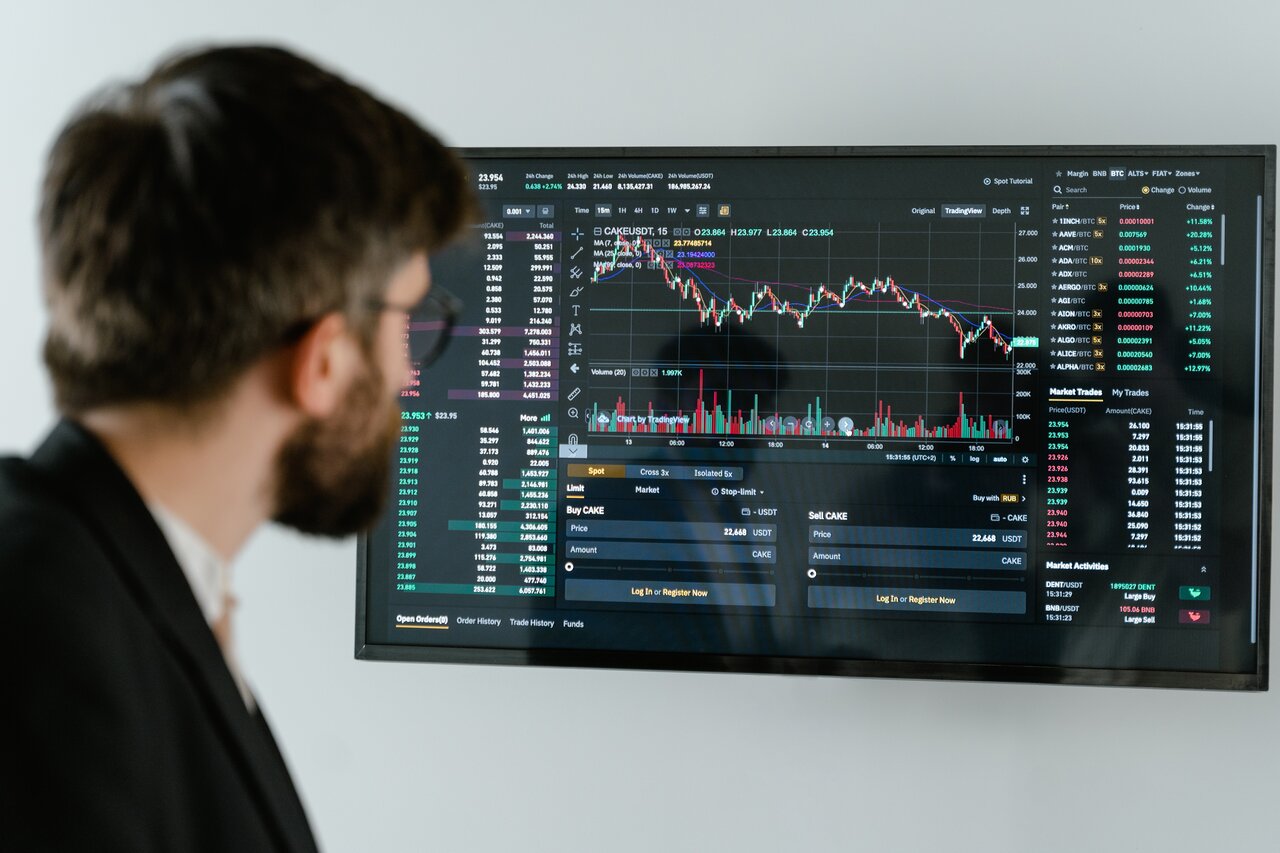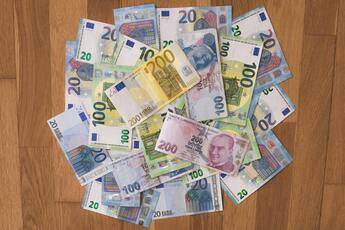
Biotech Sector - Do Chinese and MENA markets finally have what it takes to overtake the USD?
How These Markets can Dethrone the USD
Common issues life science companies face during economic turmoil...
Currency Shift
If China/MENA takes over USD, Western biotech firms struggle with new global currency. It means reworking finances, trade, and collaborations.
Regulation Jolts
New economic leaders could reshape global rules, hitting Western biotech businesses with regulatory twists and market access challenges.
Regulation Jolts
New economic leaders could reshape global rules, hitting Western biotech businesses with regulatory twists and market access challenges.
Trade Turbulence
Western biotechs, accustomed to USD dominance in trade, might grapple with changes, affecting export conditions and market competition.
Political Storms
The uncertain political stability in China/MENA could ruffle the confidence and acceptance of the new currency, introducing volatility for Western biotechs.
Political Storms
The uncertain political stability in China/MENA could ruffle the confidence and acceptance of the new currency, introducing volatility for Western biotechs.
Ready to Navigate the Future of Biotech with the Right Leadership? Schedule a call and excel your innovation's path!
In recent years, Chinese and MENA (Middle East and North Africa) markets have made significant advancements in biotech including AI, genomics, and biomanufacturing. These advancements are beginning to nudge the Western markets, which are traditionally better known for innovation.
But the possibility of Chinese and MENA markets overtaking the US dollar as the dominant global currency is a complex and highly debated topic. While it is not clear whether or not this will happen in the near future, there are several factors that could lead to this scenario.
Let’s look at the growth, trade, stability, and international acceptance of Chinese/MENA markets to decide what it is that each market is doing, and if there is legitimacy to the discussion.
What innovations are coming from the Chinese/MENA markets?
Artificial Intelligence is here to stay
Both Chinese and MENA markets are investing heavily in AI and machine learning technologies for healthcare. In China, companies like Tencent and Alibaba are developing their own AI-based healthcare platforms that allow for remote consultations, diagnosis, and treatment.
In the MENA region, there is a growing trend of using AI to analyze medical data (similar to the West) and to predict disease outbreaks such as Middle East Respiratory Syndrome (MERS), Crimean-Congo Hemorrhagic Fever (CCHF), and Leishmaniasis.
Like the West, Chinese/MENA medical professionals are also experiencing their own hesitations with AI.
‘AI algorithms have been trained on a particular data set, so it is not clear why AI classifies the way it does,’ says Aamir Butt, Chairman and CTO of the life science executive search firm, Mazards. ‘This means that as a clinician, you have no idea what the underlying reasons are for a particular conclusion; this makes medical professionals highly uncomfortable.’
Genomics, but at a fraction of the cost
The Chinese biotech market has made significant investments in genomics research and is now a leader in the field. Chinese companies like BGI are producing genomic sequencing machines at a fraction of the cost of Western companies. This has made it possible for more researchers and medical professionals to use genomics in their work, and that low price tag for machinery could infiltrate Western markets if cost reduction is not prioritized.
Pushing the West
In the MENA region, there is a growing interest in personalized medicine, and companies like Nawah Scientific are working on developing genomics-based diagnostics and treatments. These developments are pushing the West to invest more rapidly in genomics research and development.
Biomanufacturing
China has been investing heavily in biomanufacturing, and is now a major player in the global biopharmaceutical industry. Chinese companies like WuXi Biologics are producing high-quality biologic drugs at lower costs than their Western counterparts.
In China, mental health biotech innovation typically trails the US and Europe. 'Me too' products are often created in response to what comes from the US and European markets. But very recently, mental health therapies have seen a rapid rise in China and Southeastern Asia.
Meanwhile, the MENA region is starting to invest in biomanufacturing, with countries like the UAE building biomanufacturing facilities to support the growing biotech industry. These developments are nudging the West to innovate and develop new ways to lower the cost of producing biologic drugs.
Crypto interference & opportunity
There are also opportunities in the UAE for new forms of currency that live outside of both the Eastern and Western means:
‘If the medical field can engage with crypto whales there are endless new opportunities, especially in places like Dubai where large crypto funds are sloshing around,’ says Aamir Butt, CTO and Chairmen of Mazards, one of the top executive search firms in the UK. ‘The tricky part is doing it without tarnishing their company’s credibility.’
What would it take exactly for the Chinese/MENA markets to overtake the USD?
The combined efforts and resources of the Chinese/MENA markets will have grand implications for the entire world if they continue to expand outside of their regions and place their products in the Western markets.
‘The US dollar is the stronghold of global markets today,’ says the CEO of an international venture investment group, focusing on the UK and China, who wished to remain anonymous. ‘But the impact of Chinese and MENA markets working more closely together could disrupt that. That would mean a global shift we have not seen in our lifetime.’
Let’s look at why the USD remains the stronghold, and what it would take to overturn it:
Economic Growth
‘Both China and the MENA region are experiencing rapid economic growth and there is rarely a company struggling, which could eventually lead to the appreciation of their currencies,’ says Roop Chandwani, CEO of Mazards, an search firm and executive consulting group for the life sciences. ‘However, the US dollar is still the world's most widely used currency for trade and financial transactions, and it would take significant growth and global coordination to overtake the USD.’
According to The Japan Times, China’s plans to overtake the US have been disrupted by COVID-zero complications, as well as a declining fertility rate. However, it is projected that the Chinese economy could still overtake the US’s in the 2030s if all goes according to plan.
If this becomes the case, there are complications beyond simply having a greater economy that China faces in becoming the stronghold currency in the world and biotech. Those complications include convincing the global market to make a complete shift towards Chinese currency, the renminbi.
International Acceptance
The global acceptance of a currency is a key factor in its use as a reserve currency. While China has been working to increase the international use of its currency, it is still not widely accepted in many parts of the world at this time
International Trade
The US dollar is still the dominant currency in international trade, with most commodities, including oil, being priced in USD. This means that countries that want to trade with each other often need to convert their currencies to USD, which helps to maintain the dollar's status as a global reserve currency.
Political Stability
This could perhaps be the greatest challenge faced by Chinese/MENA markets—the stability of political systems is an important factor in the international adoption of its currency.
While China and many MENA countries have made strides in this area, they still face challenges in political stability, which could limit the adoption of their currencies.
Conclusion
While it is possible that Chinese and MENA markets could overtake the US dollar as the dominant global currency in the future, there are several significant barriers to this scenario. The US dollar's continued dominance is likely to persist for the foreseeable future, but as global economic and political trends evolve, the situation could change.
In summary, Chinese and MENA markets are pushing the West to invest more heavily in AI, genomics, and biomanufacturing. These advances are helping to improve patient outcomes and lower the cost of healthcare, and will likely continue to shape the future of the biotech industry.
Yet, it leaves one wondering: What exactly would (or could) it take to displace the US dollar as the stronghold of global markets? And what would that mean?
Mazards, a retained executive search and consulting firm based in London, commissioned this piece from Dastrum, a life science marketing agency.
Chart the Course in Biotech's Next Frontier! Connect with Mazards to explore the possibilities and implications for your business. Schedule a call today – the future of life sciences awaits!



